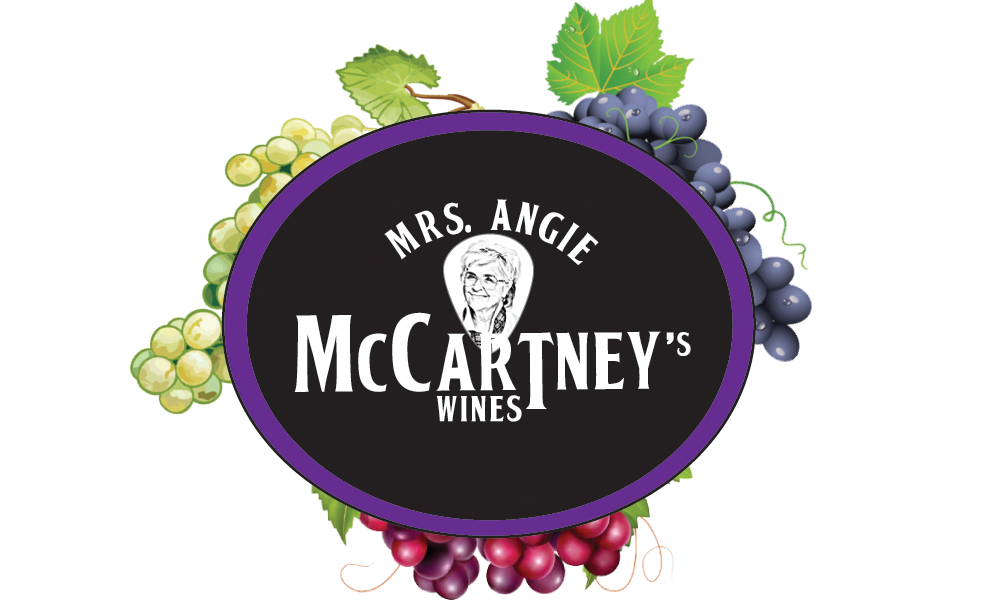I enjoy long romantic walks down the wine aisle.
Who said there are no dumb questions?
Asking me if I want another glass of wine is like asking if I want any more money?
Wine making for Dummies
Why hasn’t one of those Pinterest wizards figured out how to put grapes in the crockpot and make wine? They’re not even trying!
Wine statistics
The average person walks 913 miles per year, and drinks 556 glasses (27.8 gallons) of wine per year. This equates to 33 miles to the gallon, which I think is pretty good.
Educational fact about wine
Not to get too technical … but according to my Chemistry Teacher, alcohol is a solution.
Corks
Cork was developed as a bottle closure in the late 17th century. It was only after this that bottles were laid down for aging, and the shapes changed from short and bulbous to tall and slender. A bit like me really, only in reverse!
Punts
That little dimple at the bottom of a wine bottle is called a punt. (Insert witty half-drunken pun here after getting to the punt of your bottle). The reason punts exist is that when glassblowers would make the bottle, the seam would start to point through the bottom. The glassblowers would push them inward to make sure the bottle could stand upright and preserve the bottle's structural integrity. Now, the only wine that really still needs a punt is sparkling, because the punt allows for more distribution of pressure and keeps the bottle from exploding. So just remember, folks, it isn't the size of the punt the matters, it's the size of the bottle.
The History of Fruit Wines
Fruit wine can be made from virtually any plant matter that can be fermented.[3] Most fruits and berries have the potential to produce wine. Few foods other than grapes have the balanced quantities of sugar, acid, tannin, nutritive salts for yeast feeding and water to naturally produce a stable, drinkable wine, so most country wines are adjusted in one or more respects at fermentation. However, some of these products do require the addition of sugar or honey to make them palatable and to increase the alcoholic content(sugar is converted to alcohol in the fermentation). Two commonly produced varieties are elderberry wine and dandelion wine. Tainted elderberry wine is the beverage used to commit murders in Joseph Kesselring's play and Frank Capra's film adaptation Arsenic and Old Lace. A wine made from elderberry flowers is called elder blow wine. The amount of fermentable sugars is often low and needs to be supplemented by a process called chaptalization in order to have sufficient alcohol levels in the finished wine.Sucrose is often added so that there is sufficient sugar to ferment to completion while keeping the level of acidity acceptable. If the specific gravity of the initial solution is too high, indicating an excess of sugar, water or acidulated water may be added to adjust the specific gravity down to the winemaker's target range. Many kinds of fruit have a natural acid content which would be too high to produce a savory and pleasant fruit wine in undiluted form; this can be particularly true, among others, for strawberries, cherries, pineapples, and raspberries. Therefore, much as to regulate sugar content, the fruit mash is generally topped up with water prior to fermentation to reduce the acidity to pleasant levels. Unfortunately, this also dilutes and reduces overall fruit flavor; on the other hand, a loss of flavor can be compensated by adding sugar again after fermentation which then acts as a flavor enhancer (known as a back-sweetener), while too much acid in the finished wine will always give it undesired harshness and poignancy. Many fruit wines suffer from a lack of natural yeast nutrients needed to promote or maintain fermentation. Winemakers can counter this with the addition of nitrogen, phosphorusand potassium available commercially as yeast nutrient. In the opinion of one wine writer fruit wines often do not improve with bottle age and are usually meant to be consumed within a year of bottling.[5] Source: Wikipedia
Music and Wine
As part of an experiment, researcher Adrian North from Heriot Watt University asked a test audience to separate several songs into specific categories. The music could be classified as "powerful and heavy," "subtle and refined," "zingy and refreshing," or "mellow and fresh."
In Phase II, North had a second set of 250 audience members drink either a Cabernet Sauvignon or a Chardonnay while listening to the previously classified music. A control group, meanwhile, drank wine without any music playing. Some sipped their drink while listening to Tchaikovsky's "Waltz of the Flowers" (subtle and refined), others savored their wine to Michael Brook's "Slow Breakdown" (mellow and soft). After the taste test, subjects were asked to group the wines into one of the previously mentioned categories.
By the time North was finished, he'd discovered that music has a powerful impact on the way we perceive wine. For example, when people drank red wine whilst listening to Carl Off's booming
"Carmina Burana," 60% of the described their drink as "powerful and heavy." A comparably large percentage of test subjects rated the same wine as "zingy and refreshing" when listening to Nouvelle Vague's "Just Can't Get Enough."
So the next time you visit a restaurant and order a drink, pay close attention to the background music. It might totally change whatever's in your glass.






